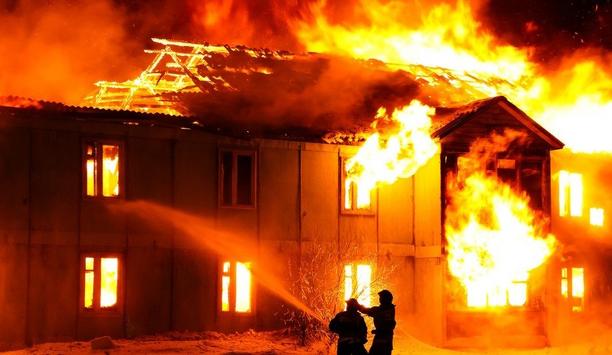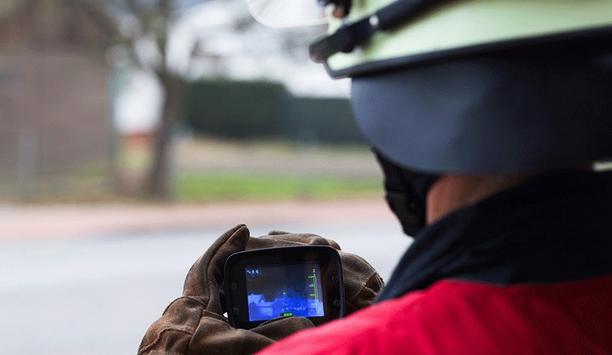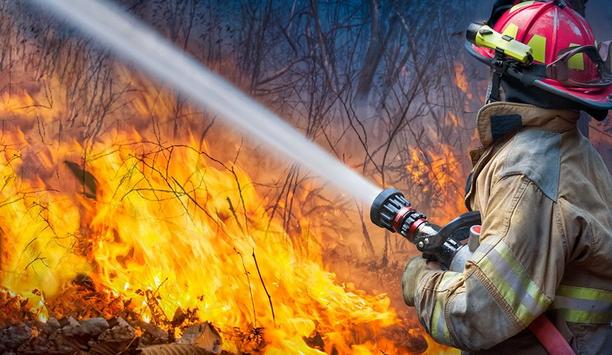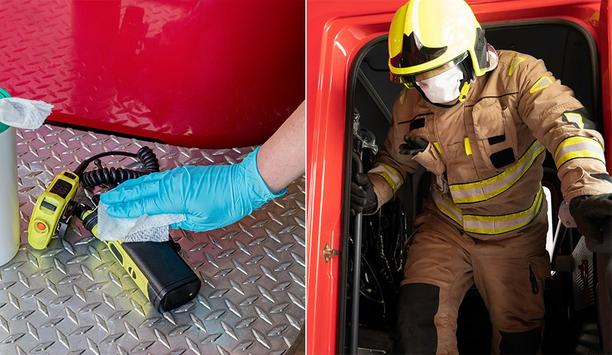Which Technologies Will We See In The Future Of Firefighting?
Editor Introduction
Technology has played a role in firefighting since the beginning; in fact, portable water pumps were found among the ruins of ancient Egypt. As bucket brigades gave way to electric pumps and internal combustion motors displaced horse-drawn fire engines, firefighting has benefited in terms of greater efficiency and lives saved at each point along the way. Technologies boosting the efforts of firefighters include drones, robots and other high-tech innovations. We asked our Expert Panel Roundtable: Which technologies will we see in ‘the future of firefighting'?
Firefighting units will increasingly look to new tools to assist them, such as drones. Their long-range control systems, light and portable designs, and autonomous capabilities make them perfectly suited for surveying inhospitable landscapes and dangerous environments, like forest fires. They can provide real-time data about evolving, high-risk fires, allowing fire services to deploy tactical units successfully. The West Midlands Fire Service is already using drones with thermal imaging cameras to improve their fire crew’s awareness of a situation, improving their crew’s safety, and minimizing lost time. As well as detection, I believe drones will be used to mitigate and suppress fires. The Windracers’ SWARM project within the UKRI’s Future Flight Challenge is already coordinating the use of multiple drones to suppress forest fires with water and fire suppressant drops. Drones could also be used to help tackle skyscraper fires, by offering access to higher floors than may have been safely possible in the past.
The technology revolution has opened the door for new safety opportunities to give you confidence your entire crew is accounted for, everyone on the scene is instantly notified and can respond, and you are being supplied with real-time information to make the right decisions. Safety is not just about the pieces — it’s about the entire system being confident and prepared. MSA is the first manufacturer to introduce advancements in firefighter safety, providing F.A.S.T Technology, connectivity, and Edge Detection enhanced thermal imaging to every firefighter on scene. Only with the MSA LUNAR and FireGrid you experience a network of safety providing real-time, on-scene visibility, increasing safety, and decreasing risk for all personnel on and off scene. With advanced capabilities of connectivity, situational awareness, and monitoring, the possibilities for firefighter safety are staggering. In the end, not only your investment will be protected, but so will the safety of your firefighters and everyone on a fire scene.
Firefighting technology is never standing still. When you have robust, advanced technologies already in place, you’re able to quickly evolve to conquer challenges. Our Thermite line of firefighting robots remains relevant for firefighters everywhere because we continually push innovation to the limits, especially when there’s a humanitarian need. The development of the Thermite RS1, America’s first firefighting robot, was driven by seeing the overwhelming obstacles the firefighters and first responders faced on 9/11. This technology evolved into the Thermite RS3, which offers increased modularity for multi-mission capabilities. We then designed the Thermite EV2, an all-electric firefighting robot and its handheld controller, because an electric-powered robot can move farther into dangerous, high-temperature environments compared to robots with gas-powered engines. There really are no limits on the technologies we’ll see in the future of firefighting, and I certainly can say with confidence that the future is electric.
Following the Grenfell tragedy, expert witnesses highlighted how present firefighting systems, such as the smoke ventilation system, were complex to understand and control. This has led to a review of some key fire-safety guidance around how firefighters interact with active fire protection systems, in particular, smoke control. The drafts going through consultation at present are indicating a move away from systems that require the intervention of firefighters, towards systems that operate automatically to protect both the occupants of the buildings and the fire and rescue services. The technology to completely automate these systems already exists; however, conventional building layouts can sometimes be detrimental to the inclusion of fully automatic systems in buildings, meaning early design engagement is key. Despite all of this, it is likely some form of firefighter’s override will still be made available in the case of a requirement to turn the system off completely. As systems become more automated, there is further scope to pull data from the system and have it transmitted in real time to both the service centers of the smoke ventilation system manufacturer and to transiting fire and rescue services.
Editor Summary
The future of firefighting will see more and more automation, including drones, robots, and systems that operate automatically to protect building occupants and the fire service. Technologies also provide more information about a fire scene faster, thus facilitating more efficient use of resources. Technology can also contribute to the all-important safety aspect of protecting firefighters.
- View all news from
- Howe & Howe Technologies
- MSA Safety Incorporated
- Sertus
- UK Research and Innovation (UKRI)
Expert Commentary
The New Future For Fire Agencies
DownloadThe Eight Key Trends in Fire Detection in 2023
DownloadA Digital Platform to Improve Fire Safety Compliance and Inspections
DownloadOvercoming the Challenges of Fire Safety in the Paper Industry
DownloadCarbon Monoxide: Creeping Killer Caught In The Act
Download














